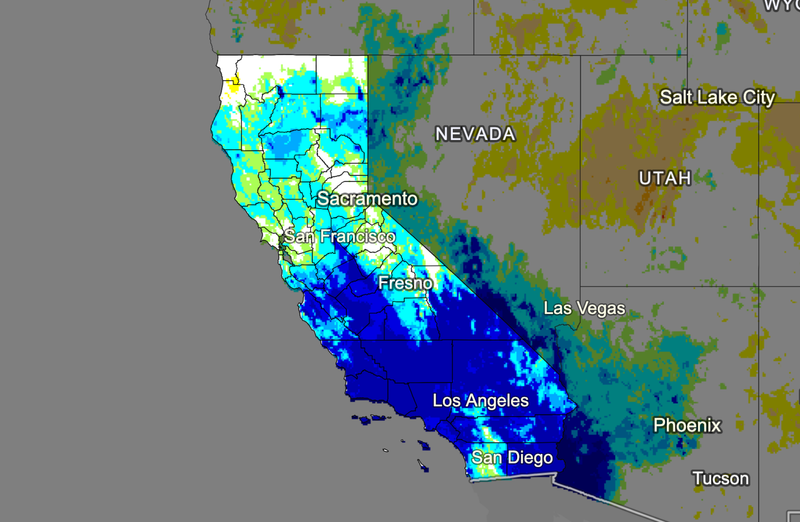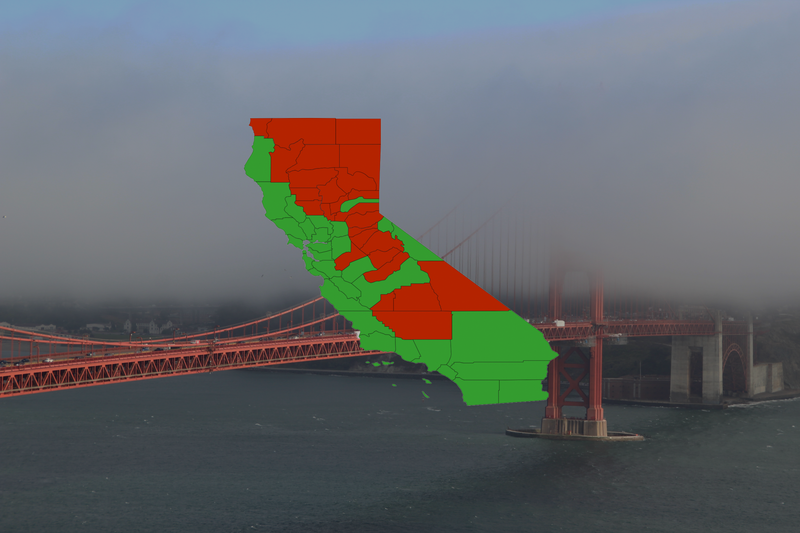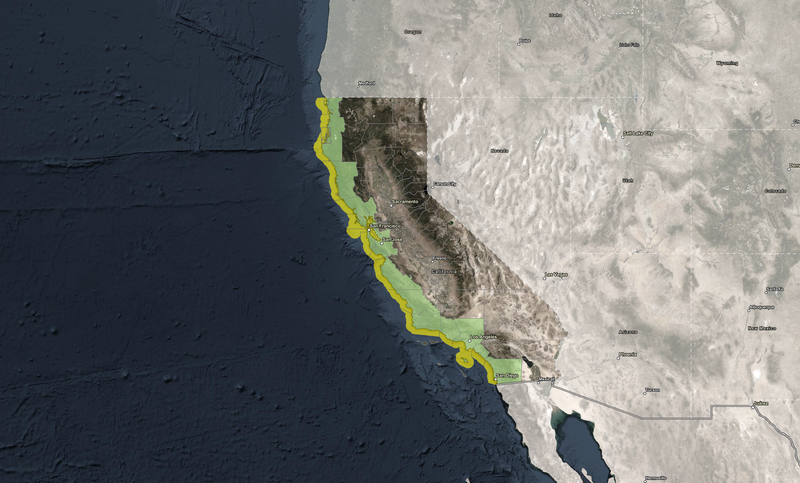Explore Newsom's proposed Congressional map: How five new seats could reshape control of the House
California’s proposed map could shift House control in 2026. For the first time, voters can explore the new districts interactively.
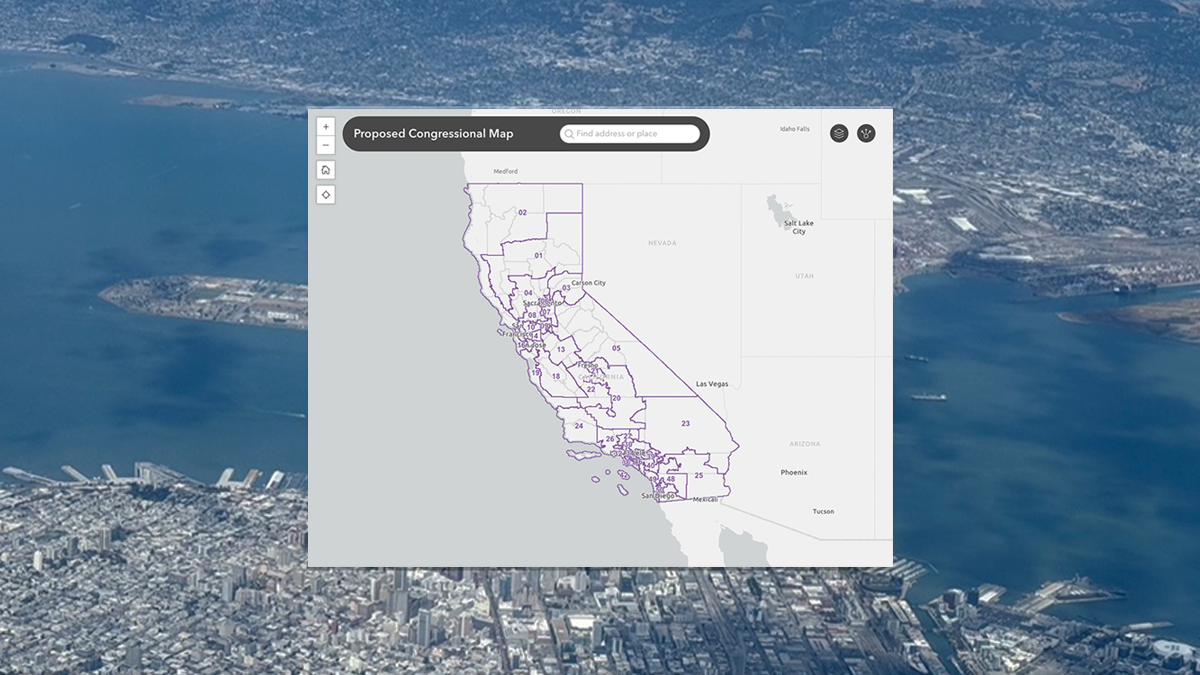
Governor Gavin Newsom’s Election Rigging Response Act, announced on August 14, 2025, would place a constitutional amendment before voters this November. If approved, the measure would allow California to temporarily adopt new congressional districts through 2030—but only if Texas or other Republican-led states move forward with mid-cycle redistricting of their own. Otherwise, California’s existing commission-drawn maps remain in place.
For the first time, Californians can explore the proposed map interactively below to see how their own communities could be affected.
The stakes could hardly be higher. Republicans currently hold the U.S. House of Representatives with 219 seats to Democrats’ 212, alongside four vacancies. That slim margin means just a handful of districts could decide control in 2026, making Newsom's proposal a pivotal piece of the national redistricting battle.
Interactive Map: California’s Proposed Congressional Districts
Use the map below to zoom into your city or neighborhood and see how district boundaries shift under the proposed plan. You can pan across regions, click districts to highlight them, and compare the new lines to the boundaries you know today.
What to Look For in the Map
The interactive map above lets Californians zoom in and see how the proposed lines would reshape districts in their communities. A few patterns stand out:
- County boundaries: Some areas are kept more intact than under the 2020 lines, while others see new splits to rebalance population.
- Urban vs. rural balance: Metro areas like Los Angeles and the Bay Area are drawn more compactly, while inland regions stretch across larger territories.
- Potential new seats: The proposal could add up to five Democratic-leaning districts by consolidating urban and suburban communities.
For Californians, the real value is local: by zooming into your city or neighborhood, you can see whether your community is kept whole, divided, or paired with new regions.
Redistricting Atlas
Alongside the interactive map, the Governor’s office also released a comprehensive Redistricting Atlas. The Atlas provides static maps for every district, block-level data, and official tables that explain the methodology behind the proposed lines.
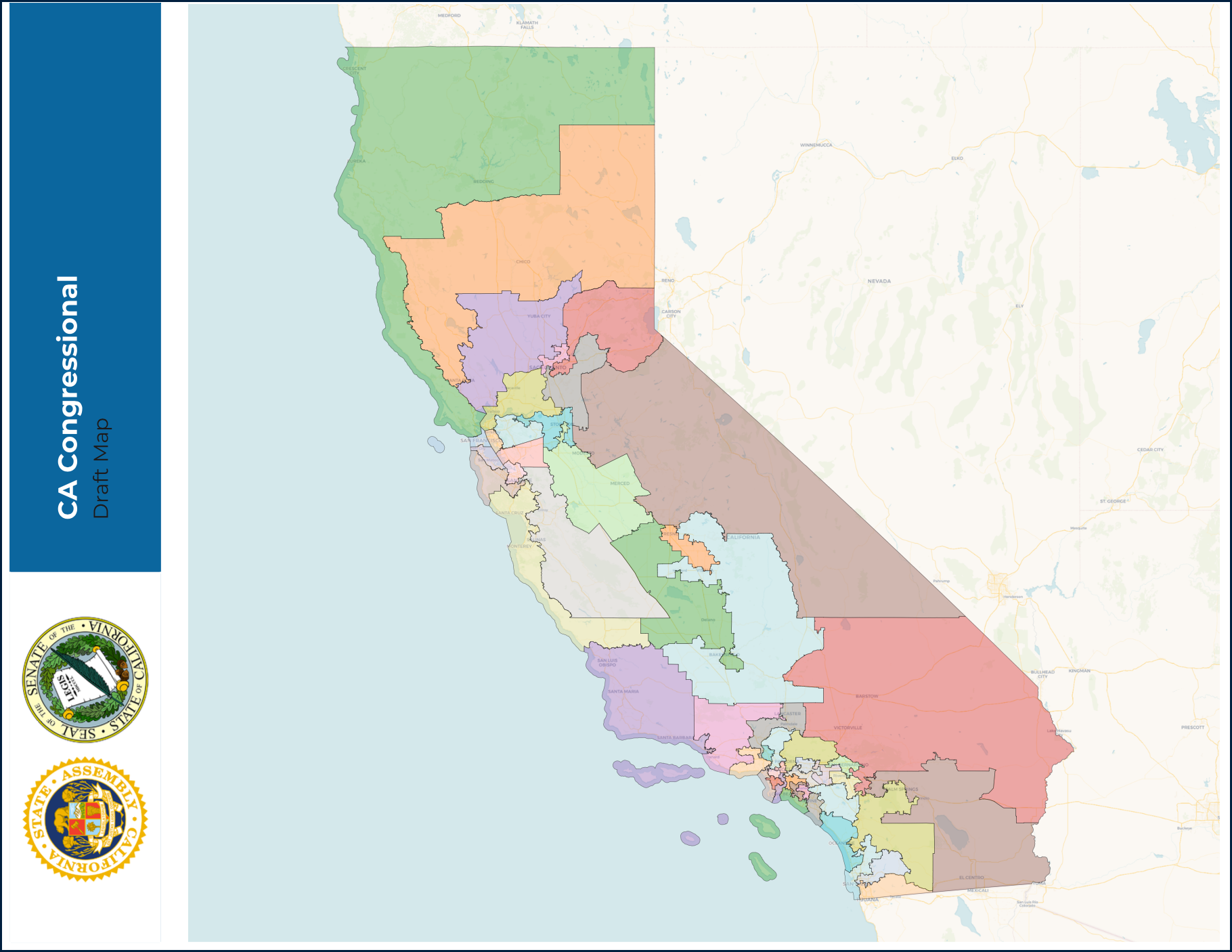
The data reveals that several of the proposed new districts would be majority-Latino or have substantial Asian and Black voting-age populations. In fact, three districts would have Latino citizens making up more than half of eligible voters, and two districts would have Black populations above 30 percent. That design underscores how the plan consolidates diverse urban and suburban communities into potential new Democratic-leaning seats.
What Has to Happen Before the Map Takes Effect
While the map is striking, it’s important to remember it is not guaranteed to take effect. Several legal and political hurdles remain.
First, the plan requires voter approval. A statewide constitutional amendment will appear on the ballot during a special election scheduled for November 4, 2025. Only if a majority of voters support the measure can California temporarily override its independent redistricting commission.
Second, the amendment includes a conditional trigger. The new districts would only be used if states like Texas, Missouri, or Ohio move forward with mid-cycle redistricting of their own. If those efforts stall or are struck down in court, California’s existing commission-drawn maps remain in place through 2030.
Finally, the proposal explicitly preserves the independent redistricting commission in the long term. The commission, approved by voters in 2008 and 2010, retains its authority in all future census cycles. The Election Rigging Response Act is designed as a one-time exception to counterbalance what Democratic leaders describe as a coordinated Republican power grab.
Together, these conditions mean the proposed California map is both high-profile and highly uncertain—its fate rests not just on California voters, but on what happens in other states over the coming year.
How Redistricting Could Shift House Seats
California’s ballot measure is just one part of a much broader national fight over redistricting ahead of the 2026 midterms. At least eight states are debating whether to redraw their maps mid-cycle—an extraordinary wave of changes outside the normal post-census schedule.
If every plan moves forward, Republican-controlled states stand to gain the most. In Texas, Gov. Greg Abbott is pushing a map that could create five new GOP-leaning seats, following Donald Trump’s direct call for more Republican districts. Missouri Republicans are weighing whether to dismantle Rep. Emanuel Cleaver’s Kansas City seat, which would flip it red. Ohio’s unique redistricting rules could allow Republicans to target three Democratic incumbents, potentially netting two to three seats, while Indiana and Florida each offer another one or two seats if GOP leaders succeed. In total, those states represent a possible 10 to 12 seat Republican advantage.
On the other side, Democrats have only two plausible opportunities. California’s proposed map — the focus of this article — would authorize five new Democratic-leaning districts if GOP states redraw first. Illinois might squeeze out one more seat, but leaders there are hesitant to reopen a politically charged process. Together, that adds up to a +5 to +6 Democratic counterweight.
Even in the best-case scenario for Democrats, Republicans could still emerge with a net edge of four to seven seats nationally. Combined with the GOP’s current narrow majority of 219–212, that would be enough to lock in control of the House before a single toss-up race is decided.
Why It Matters for 2026
The national stakes are clear. In extreme scenarios:
- If Republicans win all 21 toss-up districts projected by 270toWin and secure maximum redistricting gains, they could enter 2027 with 241 seats — a 47-seat majority.
- If Democrats sweep toss-ups and secure redistricting victories in California and Illinois while Republicans hold steady, they could win 233 seats, a 31-seat majority.
The more realistic outcome lies somewhere in between. Most forecasts suggest Republicans ending up with 218–220 seats and Democrats with 211–212 — leaving the GOP with a narrow but workable edge.
In that context, California’s proposed map is more than symbolic. It is the single biggest lever Democrats have to counter Republican efforts in Texas, Ohio, and Florida. Without it, their path to a majority depends heavily on winning nearly all toss-up races — a steep climb in a divided political climate.



